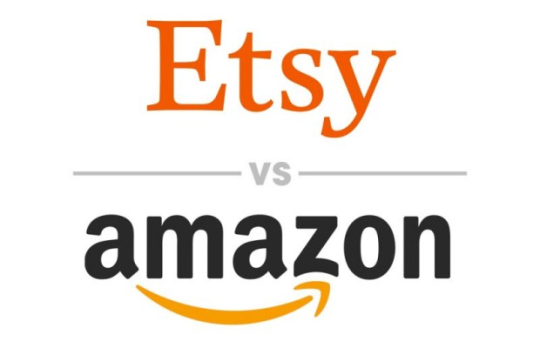
This month, Amazon officially entered the handmade goods soace, launching a direct competitor to e-Commerce marketplace Etsy. Handmade at Amazon will include more than 90,000 items on its site from approximately 5,000 sellers in more than 60 countries.
The online giant first announced its intent to capitalize on the artisan crafts marketplace in May, even sending invitations to Etsy sellers and other artisans in the hope of attracting them to the new site.
Below, the RTP editorial team shares its opinions on Amazon’s entry into the handmade space, the model’s potential for success, as well as Etsy’s ability to thrive going forward with this new competition.
Debbie Hauss, Editor-In-Chief:
I have to give Amazon credit for latching on to a hot trend. Amazon certainly will have the reach needed to be successful in this category. If the company can market the segment effectively then it definitely could be a success. But I don’t think that rules out success for Etsy and others. Smaller groups can focus on specific segments and targets and try to personalize the effort more effectively than the likes of Amazon.
Alicia Fiorletta, Content Strategist:
What I find really intriguing about this decision is that Amazon has spent years building and refining its Marketplace model. We’ve had the opportunity to interview a representative from the online giant regarding its partnerships with smaller businesses and independent sellers, and it seems like this is a logical next step. Amazon also has the warehousing and overall reach to potentially get products to customers faster, which will give independent sellers a stronger competitive edge. But on the other hand, Etsy also is focused on expanding its business and is testing same-day delivery. While I don’t think Etsy is in extreme trouble over Amazon’s move (it has a strong, almost cult-like following), I think the real winner will be the business that has the strongest logistical chops. And that, without a doubt, is Amazon.
Adam Blair, Executive Editor: Amazon’s move into handmade goods seems likely to be headed for success. Amazon’s enormous reach and customer analytics capabilities, combined with the enormous variety of these sellers’ unique offerings, makes this the ultimate in “long tail” retailing. From all accounts, Amazon has performed its due diligence in ensuring that sellers are actually making products themselves rather than outsourcing their manufacture – another positive sign. Etsy will need to build on its existing relationships with both sellers and customers to survive in a suddenly crowded corner of the marketplace.
Rob Fee, Managing Editor:
Successful business models always attract big players, and Etsy’s dominance in the crafted goods space is no exception. Etsy’s head start and reputation in the crafted goods space could help it retain market share, but it will be difficult to compete with Handmade at Amazon’s enormous reach and resources. I’m encouraged by Etsy’s attempt to diversify its business model by helping sellers find and connect with manufacturers through its Etsy Manufacturing initiative — also announced last week. Strong businesses innovate, and this unique offering could help Etsy fend off heavy competition .
Glenn Taylor, Associate Editor: Etsy’s financial status has been in doubt ever since the company went public this past April, so I can totally see Amazon’s entry into handmade goods scaring investors initially. I do believe though that the company has created enough brand loyalty among its consumers that they won’t have to worry about them jumping ship. Etsy should continue to focus on its own model, with the same-day delivery service being a great start to attract more consumers. Differentiate and give the consumer more access to the manufacturers and sellers to foster relationships that Amazon is too big to provide at this stage.
Brian Anderson, Associate Editor, Demand Gen Report:
This move is not looking too good for Etsy. Like Adam mentioned, Amazon has the reach and customer insights to find a lot of success in the artisan marketplace. However, I’m curious to see how overall profits factor into the discussion. It’s reported that Etsy earns 20 cents for each item listed and 3.5% of all sales, while Amazon only takes 12% of all sales from its suppliers. Artisans might stick with Etsy based on that smaller percentage, but might also be swayed by the expanded reach. Only time will tell, but this competition is sure to be interesting.







